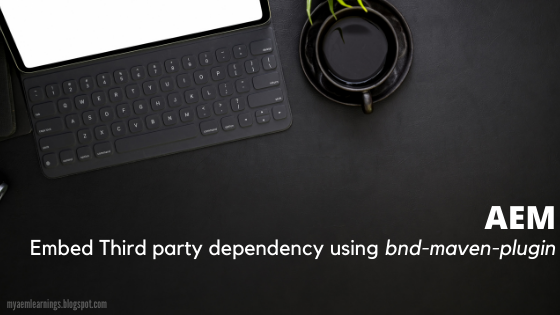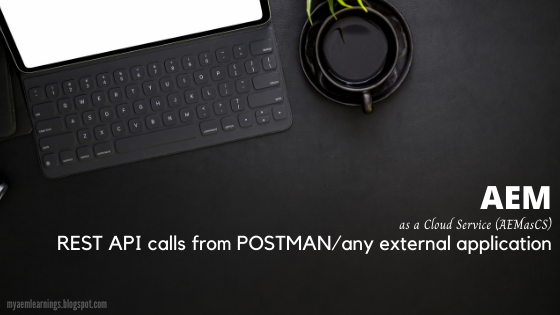Embed Third party dependency using bnd-maven-plugin

This post explains the use of bnd-maven-plugin to embed third party dependency Two main instructions of bnd-maven-plugin that serves the purpose are detailed below. -conditionalpackage pick packages from respective library and copy them in the bundle. Any dependencies of those copied packages will also be copied if they match the selectors. This means we need to explicitly list all the Java package names of desired dependency as part of this instruction (including its transitive dependencies) More about conditionalpackage instruction from official docs - https://bnd.bndtools.org/instructions/conditionalpackage.html -includeresource For including resource inline -includeresource: @artifactId-version.jar!/* For embedding as a jar with an entry in bundle class path -includeresource: artifactId-version.jar;lib:=true For several other possible combinations for including the resource, please check - https://bnd.bndtools.org/instructions/includeresource.html With complete understandin





